Canna Lily Rot: What Causes Rotting Canna Rhizomes
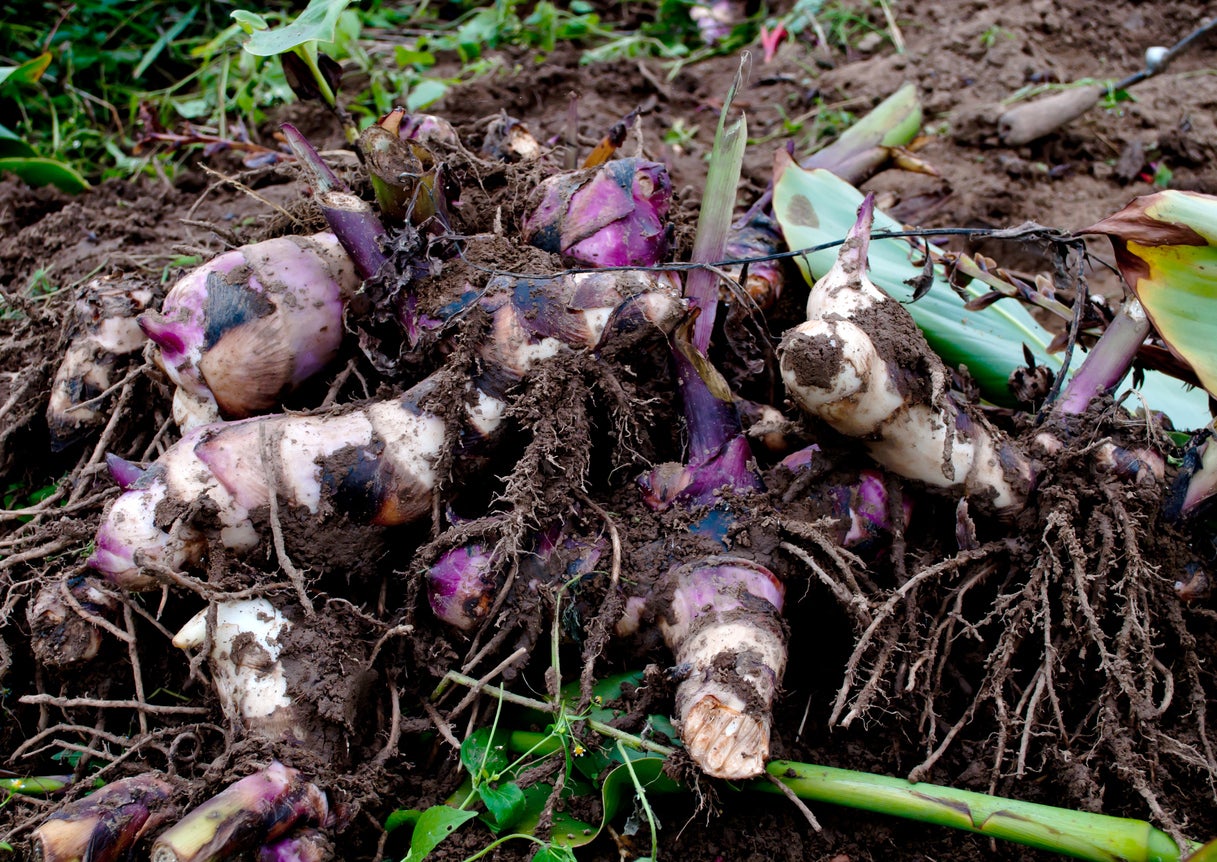

Canna flowers grow as a beautiful, long lasting, summer to fall display in the flower bed. In USDA hardiness zones 7 to 11, canna plants can stay in the ground year-round. More northern areas have to dig and store over winter for rhizomes to remain alive. What happens though when canna rhizomes are rotting? Read on to learn more.
What Causes Canna Rhizome Rot?
When digging for storage or cutting back for tidiness, keep an eye out for canna lily rot. This may happen following an especially rainy year or when canna rhizomes have multiplied and gotten tight in their planting spot.
Soil without proper drainage and too much rain (or overwatering) on a crowded bed of canna rhizomes allow fungi like Sclerotium rolfsii and Fusarium to enter and grow, causing decay at the base. This may be accompanied by cottony patches as well.
Once infected, rotting canna rhizomes cannot be saved and should be discarded in a way as not to infect other plant material. To avoid this issue with future plantings, follow the tips and tricks listed below.
Preventing Rotten Canna Rhizomes
- Water: Only water canna rhizomes when the soil is dry a few inches (8 cm.) down. Water at the roots and avoid getting the leaves wet.
- Plant in sun: Cannas grow best in a full sun environment. Planting in the right spot helps the soil remain dry.
- Soil drainage: Plant your cannas in a soil with fast drainage, especially if you live in a rainy area. Add horticultural perlite, vermiculite, pumice, or coarse sand to your regular garden or potting soil. Amend the soil a few inches (8 cm.) below where the rhizomes will be planted.
- Earthworms: Add worms to the planting bed, if they don’t show up on their own. Their constant working and turning of the soil encourages it to dry out, helping prevent canna rhizomes from rotting. Earthworms also provide nutrients.
- Turning wet soil: Some sources say you can turn the soil to dry it out. Digging in wet soil can be detrimental to it, but if this seems to be the only option, turn gently to discourage root rot.
- Division: Canna rhizomes multiply quickly and can fill the space in which they’re planted faster than you may expect. This prevents proper drainage, especially in rainy seasons. If the rhizomes sit in water, they’re inviting the fungal organisms to enter. Separate the rhizomes in autumn and replant in other areas, if appropriate. Those in zones below 7 can store for winter and replant in spring. Allow a foot (31 cm.) between each rhizome.
Gardening tips, videos, info and more delivered right to your inbox!
Sign up for the Gardening Know How newsletter today and receive a free copy of our e-book "How to Grow Delicious Tomatoes".

Becca Badgett was a regular contributor to Gardening Know How for ten years. Co-author of the book How to Grow an EMERGENCY Garden, Becca specializes in succulent and cactus gardening.
-
 Looking For Plants To Give You The Soft And Fuzzies? Try These 5 Fuzzy Leaf Plant Options
Looking For Plants To Give You The Soft And Fuzzies? Try These 5 Fuzzy Leaf Plant OptionsLovers of texture, drama, silver foliage and tactile plants will adore these special sensory garden additions. These fuzzy leaf plant options will leave you all aglow
By Susan Albert
-
 Get Ready For A Summer Of Hummers! Grow These Full Sun Hummingbird Plants and Flowers
Get Ready For A Summer Of Hummers! Grow These Full Sun Hummingbird Plants and FlowersIf you’re lucky enough to enjoy a sunny backyard, make sure you are maxing out on your pollinator opportunities and grow these full sun hummingbird plants and flowers
By Tonya Barnett
-
 Why Won’t My Cannas Bloom – What To Do When Your Canna Will Not Flower
Why Won’t My Cannas Bloom – What To Do When Your Canna Will Not FlowerWhether grown permanently in the ground or dug up and replanted each season, age and other factors can reduce the vigor of canna blooms. If you are experiencing no flowers on a canna plant, this article is for you. Click here for more information.
By Darcy Larum
-
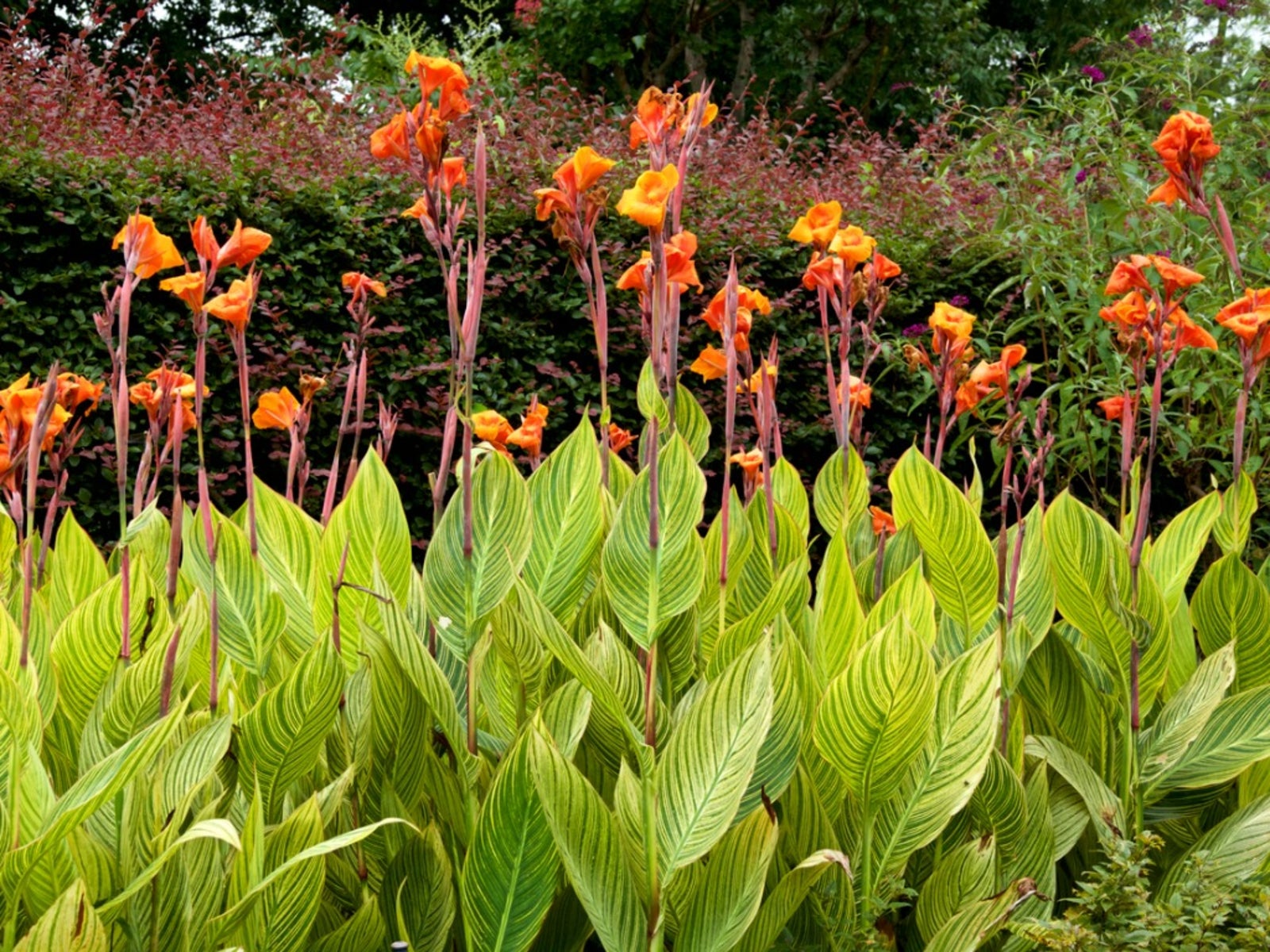 What Is Canna Rust: Learn How To Treat Rust On Canna Leaves
What Is Canna Rust: Learn How To Treat Rust On Canna LeavesAs showy as they are, canna plants are susceptible to a variety of issues, one of which is rust on canna leaves. What is canna rust? Click here for information on canna rust, including canna rust symptoms and tips for treating cannas with rust.
By Amy Grant
-
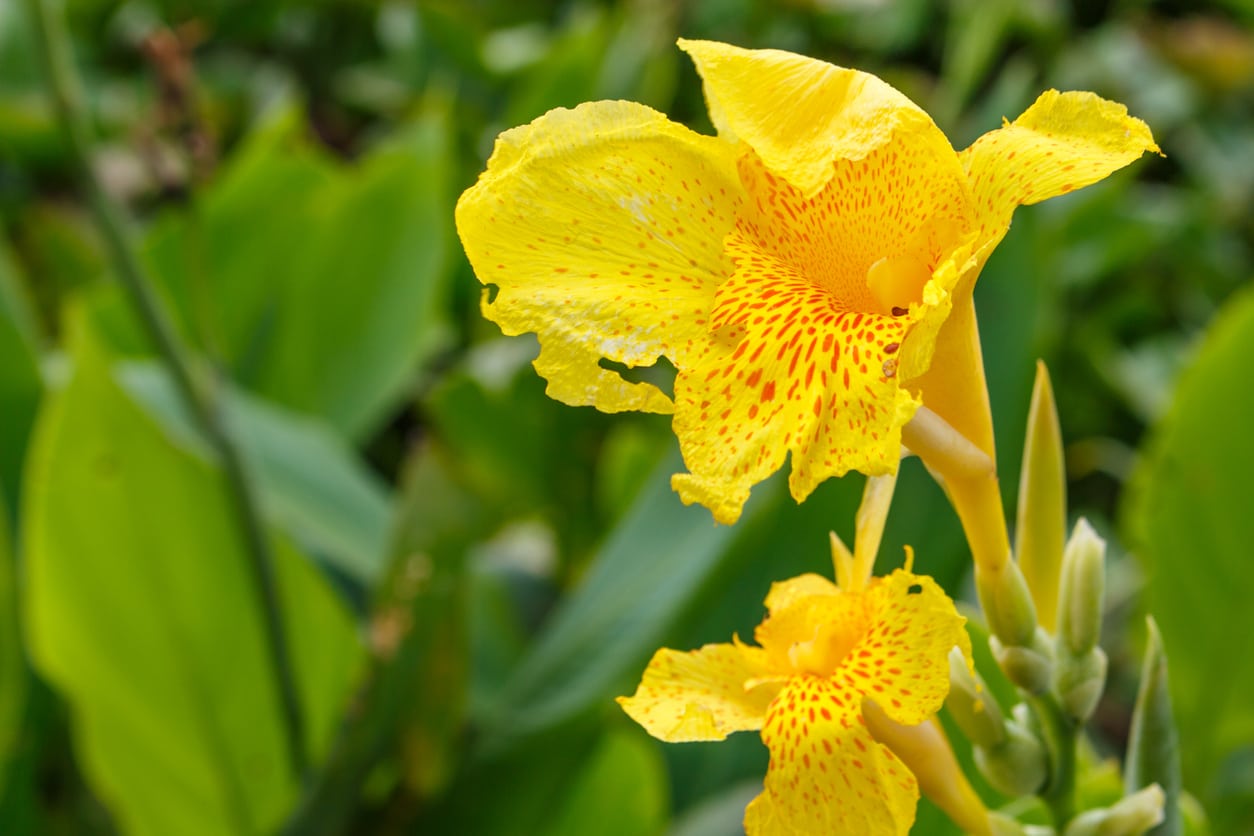 Canna Lily Fertilization – Tips For Feeding A Canna Lily Plant
Canna Lily Fertilization – Tips For Feeding A Canna Lily PlantFertilizing canna lilies will ensure these stunners in your garden or your indoor containers will thrive and produce the most beautiful flowers and foliage. These plants love nutrients, so don?t skip this step in growing canna lilies. Learn more in this article.
By Mary Ellen Ellis
-
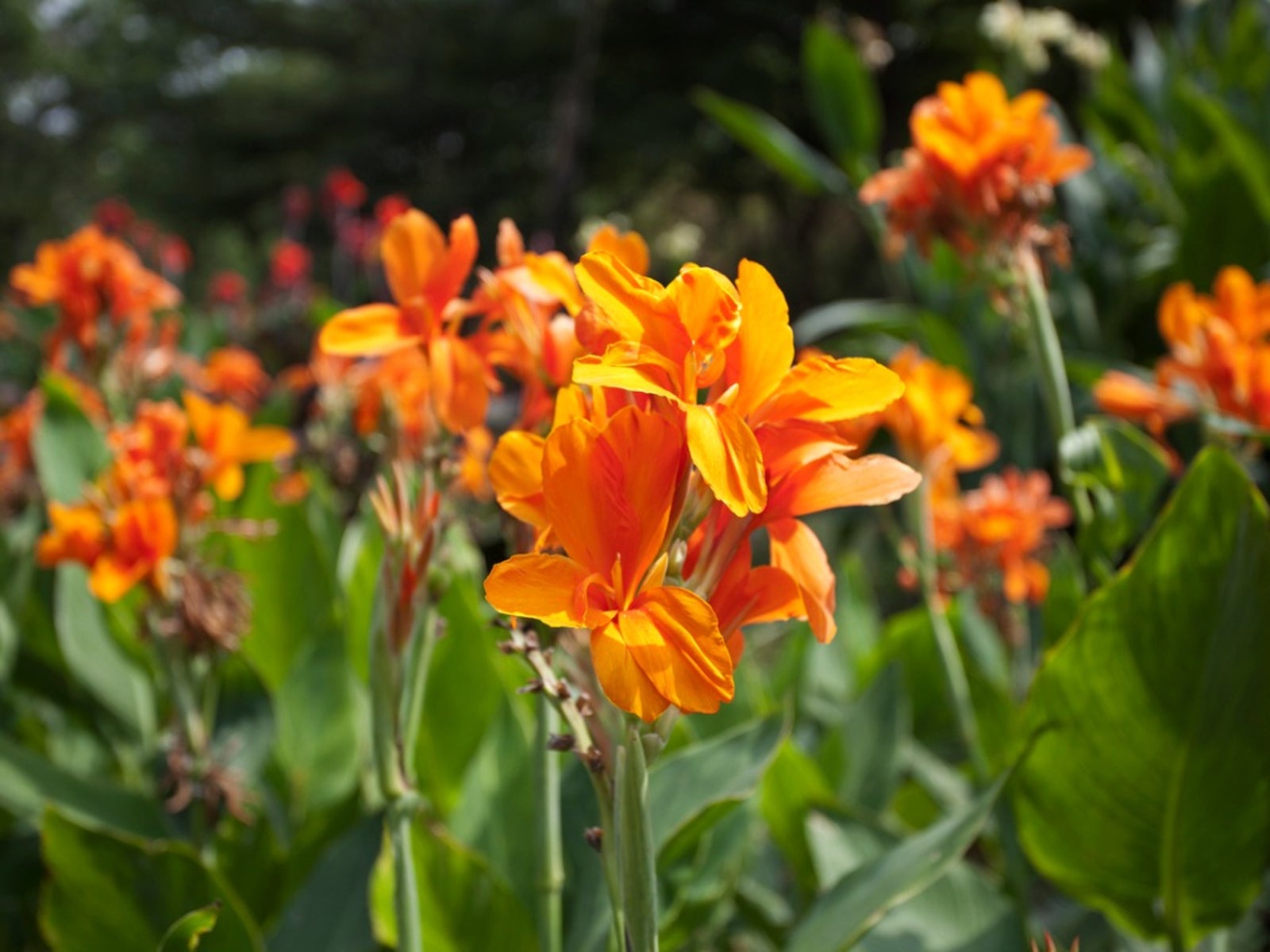 Canna Mosaic Virus: Dealing With Mosaic On Canna Plants
Canna Mosaic Virus: Dealing With Mosaic On Canna PlantsCannas are beautiful, showy flowering plants. Because they're such all-around winners in the garden, it can be especially devastating to discover your cannas are infected with disease. Learn more about recognizing mosaic virus in cannas and what to do in this article.
By Liz Baessler
-
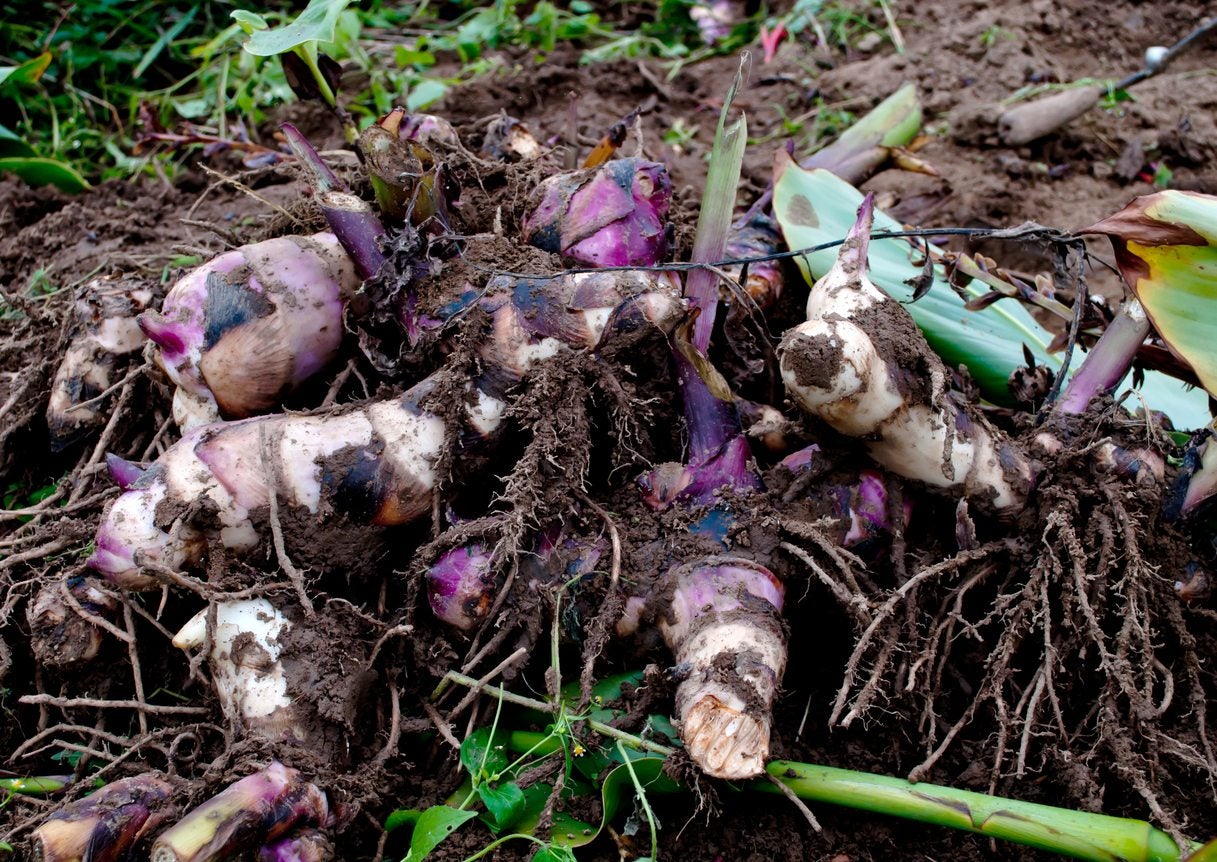 Can I Transplant Cannas: – Learn When To Transplant Canna Lilies
Can I Transplant Cannas: – Learn When To Transplant Canna LiliesIn cool climates, canna bulbs are planted each spring, then dug up in fall, divided and stored away over winter. Even in warmer climates, cannas will need to be dug up and divided every 4-5 years. Learn about dividing and transplanting cannas in this article.
By Darcy Larum
-
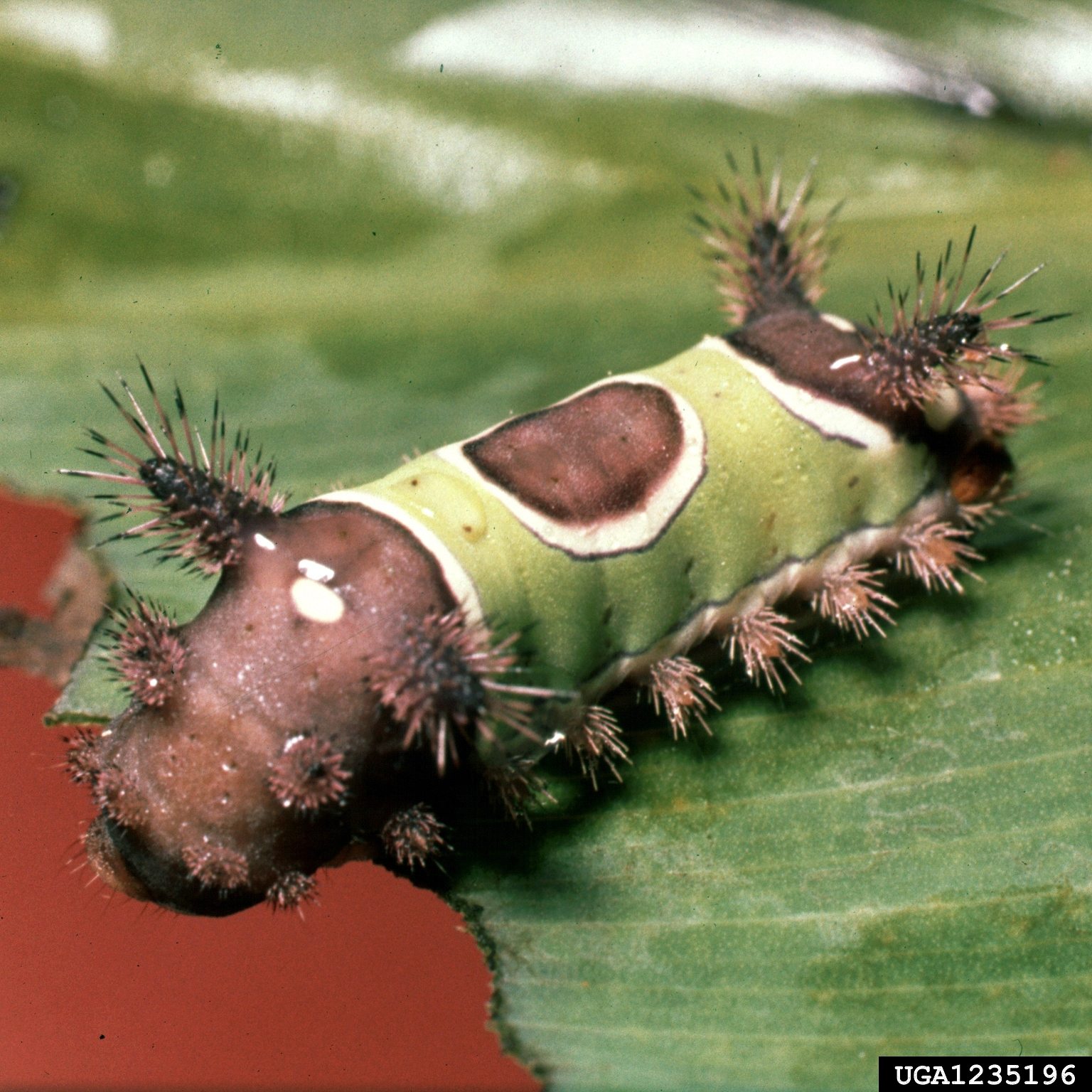 Common Pests Of Canna Lilies – Tips On Managing Canna Lily Pests
Common Pests Of Canna Lilies – Tips On Managing Canna Lily PestsCanna lily pests are rare, but their broad sword-like leaves are awfully attractive to a variety of leaf munchers. Click this article for some ideas on insects that attack Canna lily plants and how to recognize and defeat them.
By Bonnie L. Grant
-
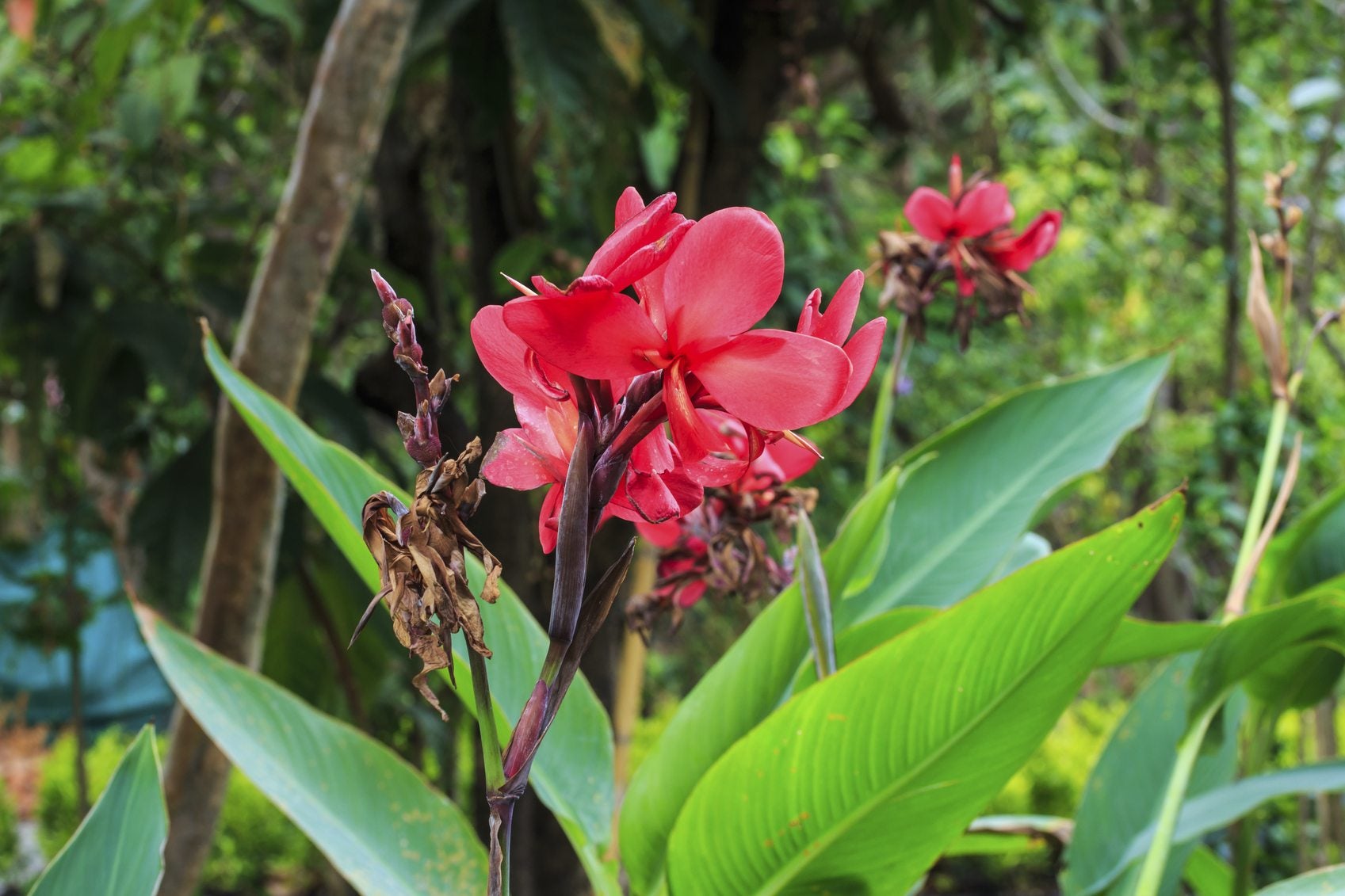 Canna Lily Deadheading: Tips For Deadheading Canna Lily Plants
Canna Lily Deadheading: Tips For Deadheading Canna Lily PlantsWhere other flowers shrivel and wilt, canna lilies thrive in the heat. But how do you ensure that you get the most out of your canna lilies with flowers all summer long? Click this article to learn more about how to deadhead a canna lily.
By Liz Baessler
-
 Canna Lily Seed Harvesting: Can You Plant Canna Lily Seeds
Canna Lily Seed Harvesting: Can You Plant Canna Lily SeedsCanna lilies are commonly propagated by dividing their underground rhizomes. But can you plant canna lily seeds too? Click here to get more information.
By Susan Patterson